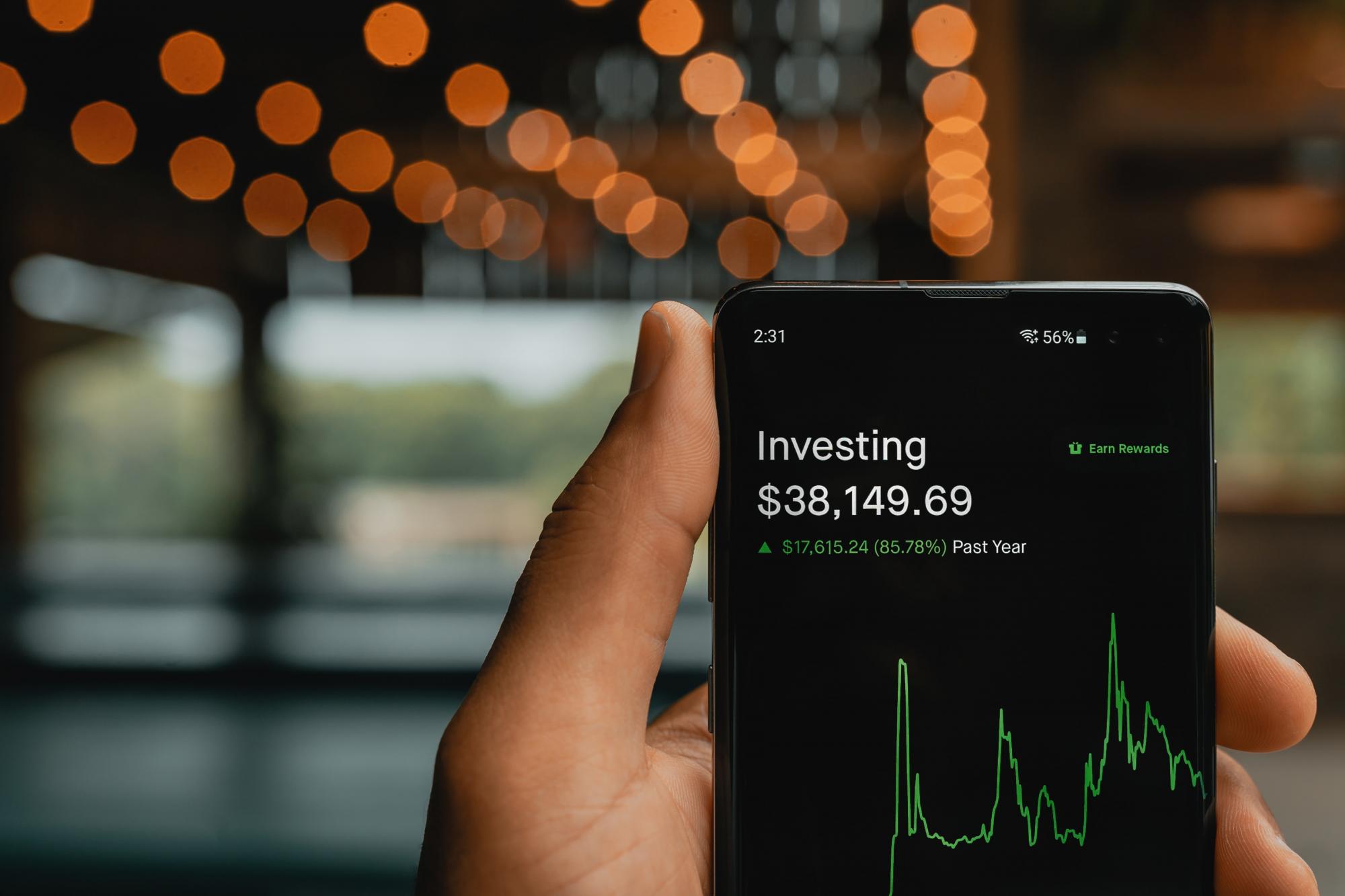Test- FTSE 100 Kicks Off August on a High as BP and Senior Lead Market Momentum
$11
10 Oct 2025, 13:13

Unsplash.com

According to an old saying, the stock market underperforms over the summer, therefore investors should sell their shares and take a trip. After a surprisingly strong rally that appears to be defying worries ranging from an impending recession to numerous bank failures, it might be especially tempting this year. Tuesday's stock decline was caused by a dip in regional banks.
Even though cash seems more appealing than it has in years, for investors with several decades of investing in front of them, staying on the fence is an assured way to jeopardise long-term returns. Plenty of money market funds have yields of 4% or more, while Treasury notes have yields of about 5%.
Since the beginning of last year, investors have been switching from stock mutual funds to more secure money funds.
According to the Investment Company Institute, equity mutual funds lost more money in 2022 than they gained, with December's outflow reaching a record high of $94.7 billion. A net of $472 billion departed stock funds in total during 2022.
Let's assume that the money wasn't reinvested, it would have missed the ensuing rebound, which has seen the S&P 500 rise 8.6% and the Nasdaq 100 soar 21% up to date.
When attempting to time the market, one must decide when to exit and when to re-enter. Many investors who withdraw money from the stock market amid turbulence end up sitting on cash for an extended period of time, contemplating when it is safe to return and miss the recovery as a result.
Despite the fact that the market's greatest and worst days frequently coincide during periods of volatility, many investors make the error of exiting the market on those days. When those greatest days are missed, there is a significant potential cost.
According to JPMorgan Asset Management research, a $100,000 investment in a fund that tracked the S&P 500 Index generated an annualised return of 6.5% from January 3, 2000 to March 31, 2023. The corresponding returns for those who missed the 10, 20, and 30 greatest days were just 3%, 0.7%, and a 1.2% loss.
If an investor had missed the 100 greatest days over an even longer period of 50 years, their profits would have been cut by 9.5% annually, according to an estimate by Citi Global Wealth.
(bloomberg.com, jpmorgan.com, ici.org)